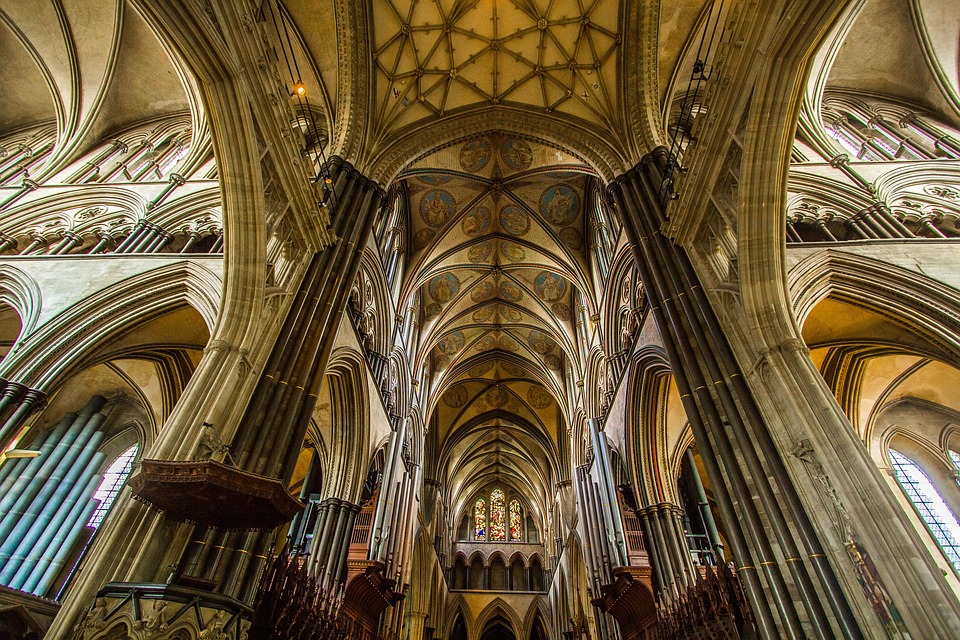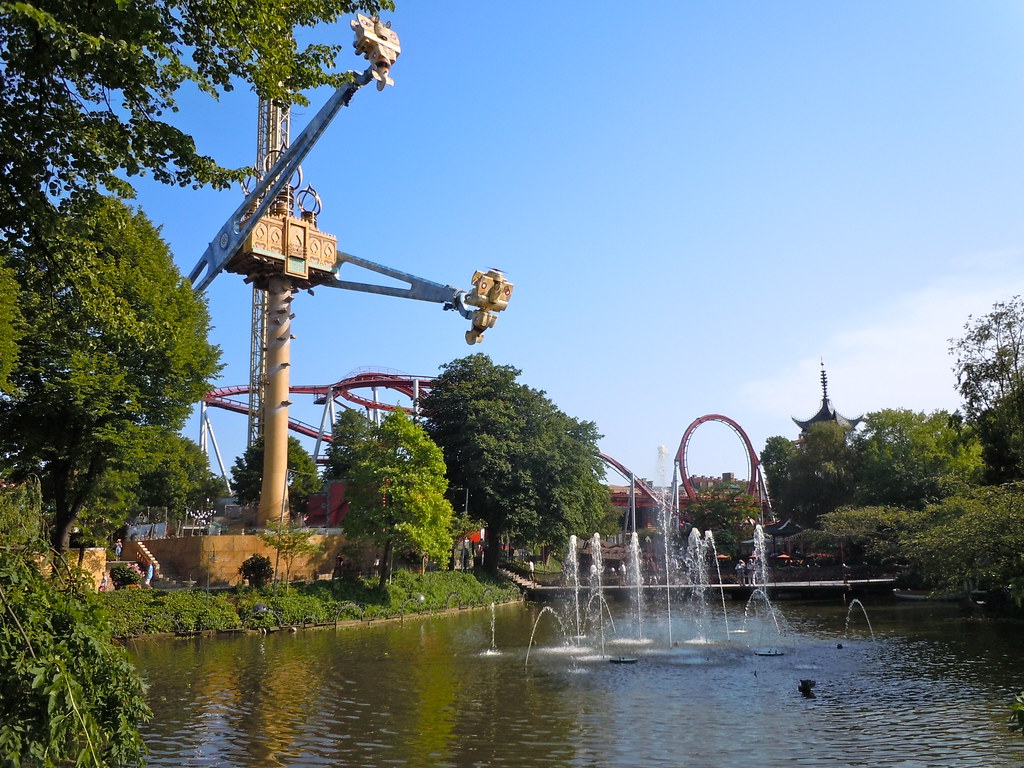Built at the beginning of the 15th century on the remains of an ancient place of worship, the church was annexed to Monastero Maggiore, the monastery of the Benedictine Order demolished in 1799, of which today remains the entrance cloister, an integral part of the Archaeological Museum.
After 30 years of restoration, the magnificent Renaissance church of St. Maurizio has returned to shine.
The division of the interior space into two parts (one open to the faithful, and another, the latter, reserved for the nuns of the monastery who attended the mass from a lattice) testifies of the ancient function of the structure.

The simple and linear facade of the building on Corso Magenta does not overlook the amazing interior rich in marvelous frescoes that cover the entire architectural structure from the walls to the other, which is why the church was defined as the Sistine Chapel of Milan.

The frescoes with bright colors extend over 4,000 square meters and are the work of some of the greatest Masters of Lombard painting of the sixteenth century: Bernardino Luini, among which the “Stories of St. Catherine” ( chapel Besozzi), the “Stories of Christ’s Life” (nun chorus, partition wall); Simone Peterzano, master of Caravaggio, author of “The return of the prodigal son” and “Christ expelling merchants from the temple” decorating the interior facade of the church; Antonio Campi to whom the “Adoration of the Magi” must be made on the main altar; Bergognone (choir); Lomazzo; Boltraffio, student of Leonardo. Of great value in the claustral chorus, the organ made by Gian Giacomo Antegnani (1557) was originally intended for liturgical concerts and is used today for concert performances taking place in the city.
USEFUL INFO
Admission: free
How to reach: Metro Cadorna, Tram 16, 19
Address: Corso Magenta, 15, 20123 Milano MI





















